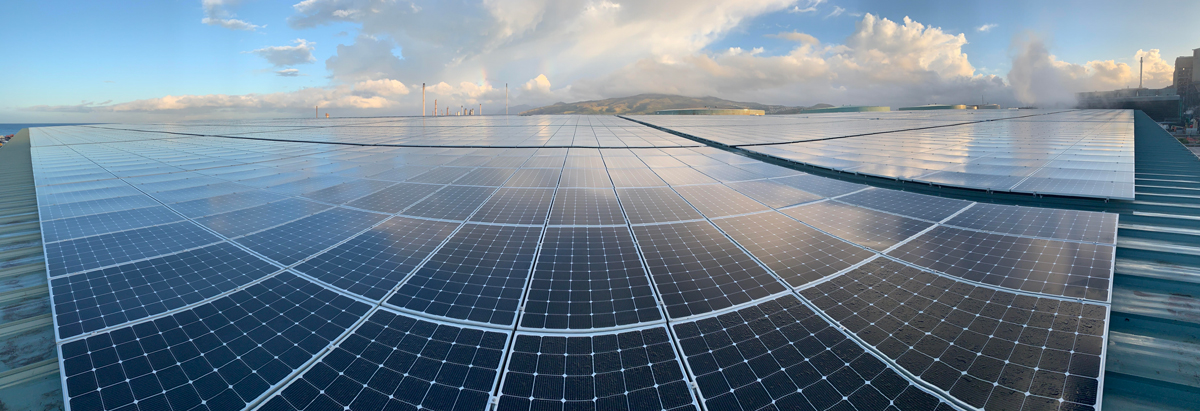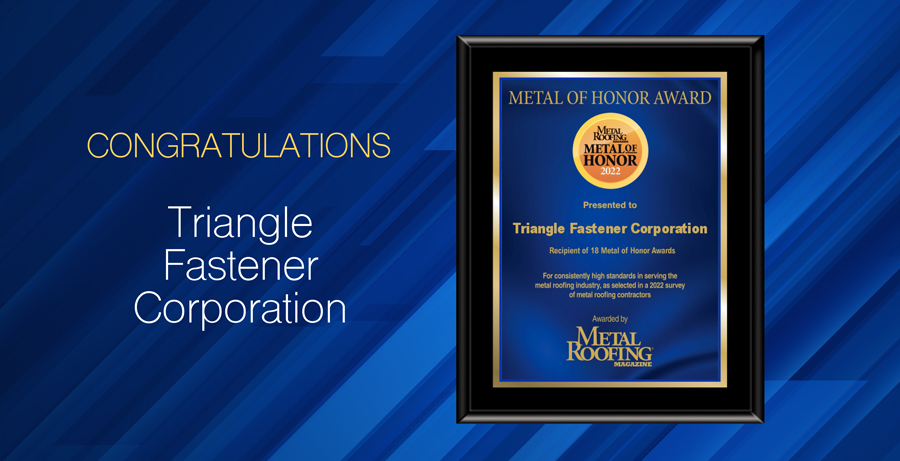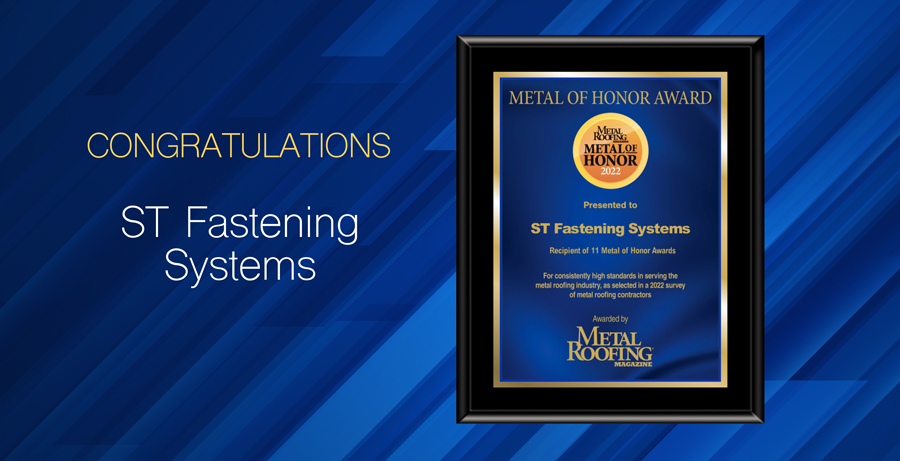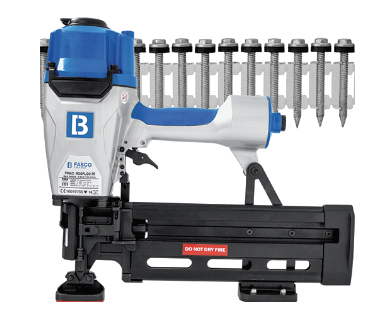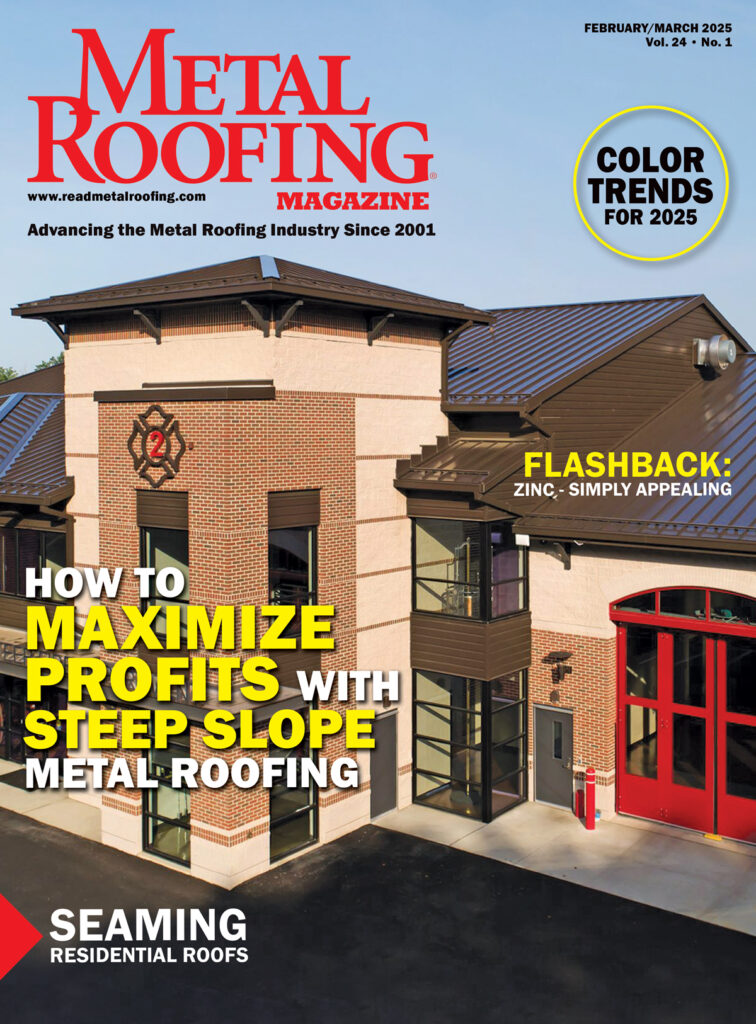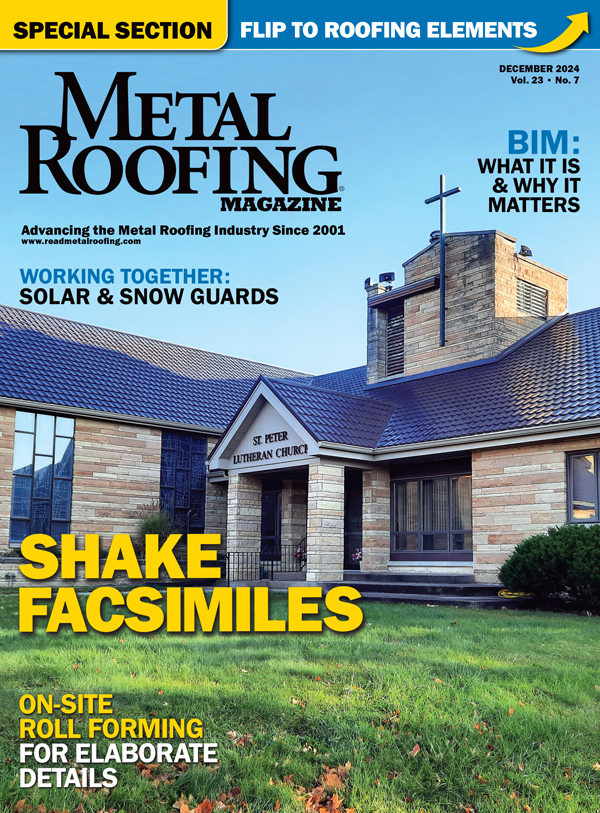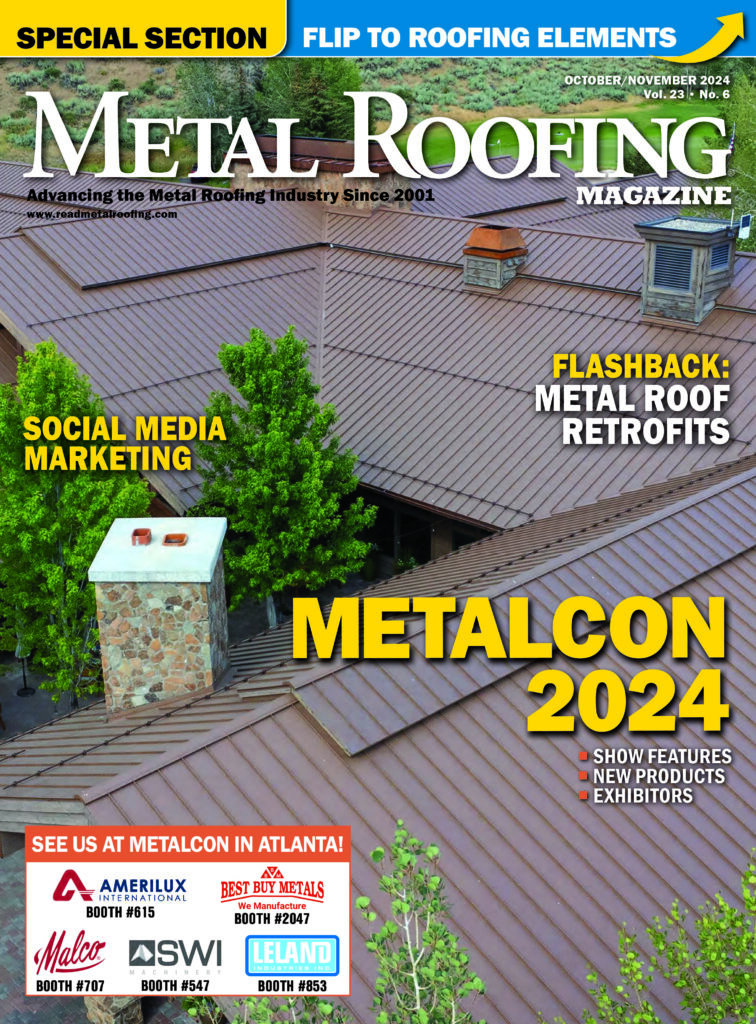By Mark Gies, S-5! Solar Expert
Since the introduction of the Inflation Reduction Act (IRA), the U.S. solar market is now poised to reach 30% of U.S. electricity generation by 2030. Along with a 10-year extension of the solar Investment Tax Credits (ITC), there are additional tax credits for qualifying solar projects, such as projects built with domestic products or in targeted economic geographic areas. These policies have already accelerated growth, triggering an avalanche of solar development throughout the United States.
From the roofing industry’s point of view, a rooftop provides an ideal platform for mounting solar since it’s a generally uncluttered existing space available for use in addition to its primary function of protecting its structure. Rooftop solar is good for both the environment and consumers. It reduces fossil fuel dependence, eases the strain on the electrical power grid at the sub-grid network level, increases resilience to threats like extreme weather events, and reduces the amount of land needed for clean energy.
However, rooftop solar is just beginning to scratch the surface of the available rooftops in the U.S. According to “Rooftop Solar on the Rise,” a report by The Frontier Group and the Environmental America Research & Policy Center, “America could produce the equivalent of 45% of the electricity we currently use from rooftop solar, yet, in 2022, rooftop solar provided only 1.5% of America’s electricity.”
The report also states that small-scale solar energy, most of which is installed on rooftops, generated 61 Tera-Watt hours of electricity last year, of the possible 1,745 Tera-Watt hours considering the total rooftop space available — that’s only 3.5% of the available rooftop space.
This positions the roofing industry for growth in new roofing and re-roofing projects in preparation for rooftop solar, and opportunities to partake in rooftop solar installations. A golden opportunity exists for roofing contractors to take advantage of the synergies between a roof and solar by expanding their business offerings.

Installing an S-5! PVKIT™. Photo courtesy of S-5!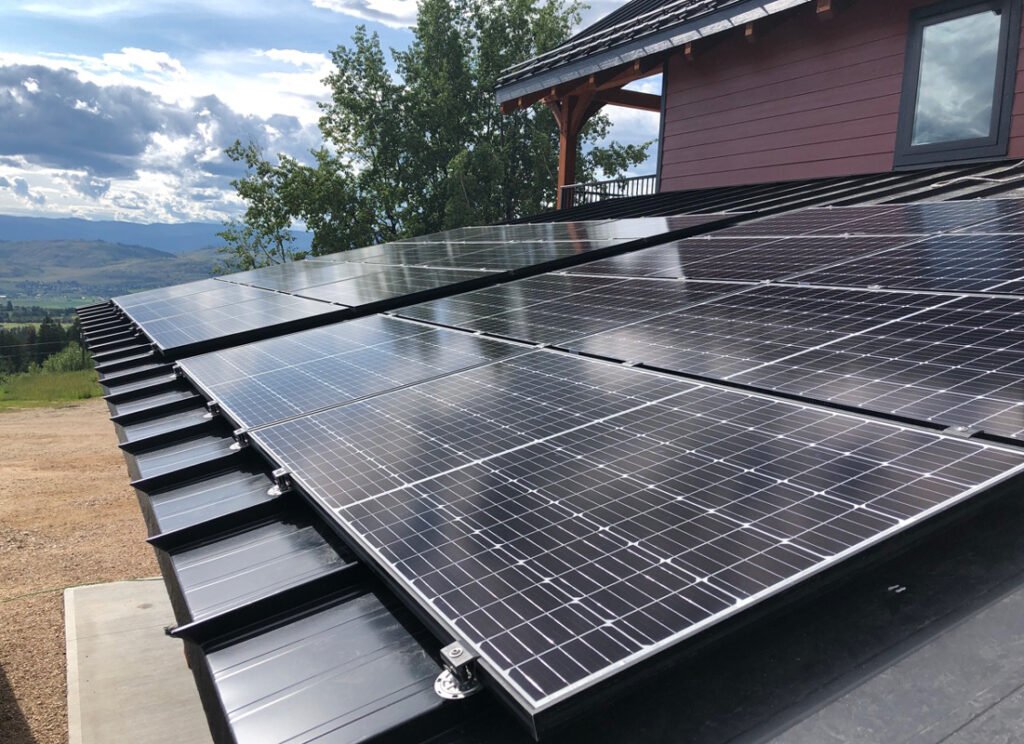
Solar system installed
with an S-5! PVKIT™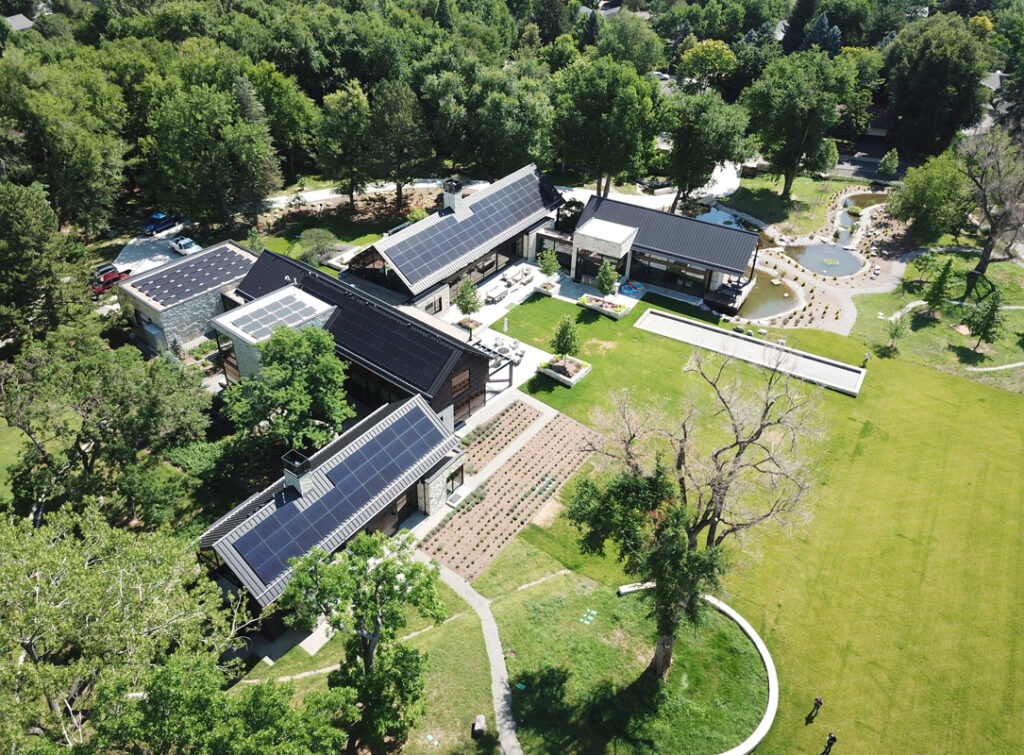
This property in California
maximizes solar energy collection.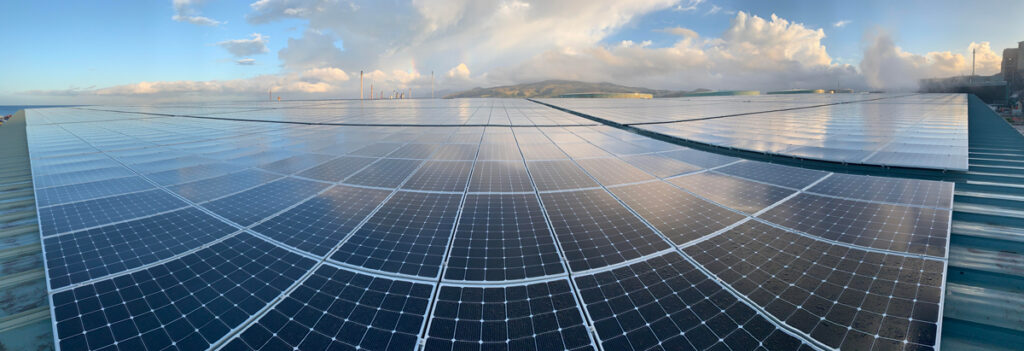
Solar building in Kapolei, Hawaii.Photos courtesy of S-5!
Why is this important for the metal roofing industry?
The metal roofing industry is positioned to capitalize on the growth of solar as metal roofing provides an ideal platform for mounting rooftop solar and is the only roof type with a service life (in the range of 50-70 years) that actually exceeds the service life of a solar photovoltaic (PV) system (an average of 32.5 years and growing year-over-year).
Metal roofing is the most sustainable roof type and is conducive to lower solar installation costs, which is important to the buyer conscious of both environmental and economic energy efficiencies. Most alternative roofing types will expire long before the life of the solar PV system, leading to costly disassembly of the PV array, re-roofing and re-assembly. This takes a big bite from the expected lifetime savings of rooftop solar.
For traditional metal roofing contractors, there is a prime opportunity for them to integrate rooftop solar into their business models. Why leave it to the next crew on site? A roofing contractor can enjoy a bigger piece of the project pie by incorporating solar installations into a roofing business. In addition to increased business opportunities and potential new revenue streams, opportunities exist for roofers to gain new skills, expand their education into solar installations, increase employee retention, and improve worker satisfaction.
So, how do you get started?
Naturally, there is a learning curve to expand a team from roofing installations to solar installations. Some new skill sets are required to break into a new industry and subsequently learn and master. Three of the key skillsets include:
• Performing the solar installation — add a licensed electrician with solar experience to the team via hiring internally or outsourcing;
• Designing and engineering rooftop solar projects — add a qualified solar electric designer to the team via hiring internally or outsourcing; and
• Selling solar and installation services to prospects — add a solar economic and financial modeling skillset to support sales.
The team should learn about and keep abreast of the U.S. solar industry, which is rapidly changing. Solar is always evolving with newer and better products along with financial incentives, rules and regulations. It is important to be the expert on all available financial incentives to help customers make the best decisions. It is also important to understand the best systems available, how they are installed, how to propose solar to roof installation customers, and how to close the deal.
Installing Rooftop Solar
A great way to get started on the path to installing solar is to utilize and learn from all the resources available online. One of the best clearinghouses for installing solar is the Solar Design and Installation Training site managed by the U.S. Office of Energy Efficiency and Renewable Energy. https://www.energy.gov/eere/solar/solar-design-and-installation-training
This resource identifies programs and agencies to help a company develop its team. For instance, the National American Board of Certified Energy Practitioners (NABCEP) is commonplace for solar installers to become certified through NABCEP’s programs. Most solar installer education happens on the job, so arranging on-site staff training is extremely beneficial. If working with a particular product, often the manufacturer will offer training as well.
For details on installing solar on metal roofs, the Metal Construction Association (https://metalconstruction.org/) offers a three-part white paper series on solar PV and metal roofing. Part 1 focuses on solar/roof service life comparisons. Part 2 explains the common types of mounting systems for metal roofs, the associated risks and the pros/cons of each. Part 3 digs into more detail and the critical technical factors for solar PV systems, specific to mounting on metal roofs. This is also a great place to start educating the workforce.
Within a solar installation, there are two major components: the mechanical installation and the electrical installation. Mechanical installation is the physical installation of the solar modules and the mounting system, which is the hardware that attaches or secures the modules to the roof. It is this component that is a good fit for roofing installation crews. The learning curve for a roof installer should be straightforward and relatively easy. Many of the best practices for getting up to a roof, bringing up materials, and maneuvering around the roof safely are the same as those with roof installations, and the skillset for attaching items to roofs is normally well-known by roofers. Some companies hire a seasoned solar installer to build a team or utilize an existing trained foreman. Important to note, roofing installers already have the skills for the mechanical installation of solar; that is the wedge to expand their businesses into solar.
The other significant component of a solar installation is the electrical installation, which is a completely different story. This is the installation of all the wiring between modules and to the electrical equipment that converts the DC electricity to AC. There is also the installation of the inverters, then the wiring from the inverters to the interconnection through a meter to the electric grid. This work must be completed by licensed electricians and journeymen, as required by local code. There are a few different approaches to this:
Companies that do not possess the electrical skillset and don’t have licensed electricians on board may, at least initially, outsource the electrical contracting work. Some electrical contractors are happy to perform the electrical work only and not the mechanical installation. In this case, it may be prudent to hire one electric solar expert, who can effectively manage the outsourced teams and potentially perform the system design work as well (see below).
Another approach is to bring electrical expertise in-house. This can be a greater challenge but the benefits of utilizing internal staff include lower costs and having more control. The initial big lift is to hire and train staff, ensuring they possess or will obtain the applicable licensing. This is yet another opportunity to retain staff by providing opportunities for roofing installers to advance their careers through education and on-the-job training by becoming licensed electricians.
Solar Project Design and Engineering
Just like any construction project, project planning and engineering are other critical components of every solar project. These steps also require capable individuals who can use design tools and are well-versed in mechanical and electrical building code requirements. These designs are very detailed with accurately dimensioned roof layouts and solar equipment, wiring diagrams, and other code-related details.
The resulting output is a drawing set and calculation package that not only documents the design in every aspect but is also the package submitted to building officials as part of the permit application. This is similar to construction project design; engineers with construction plan set experience can adapt to solar project design. Additionally, if outsourcing the electrical installation work, hire a licensed solar electrician to manage that and find somebody who can also manage the design.
As with the electrical installation pieces, a roofing company may choose to outsource the design and engineering function, at least to get started. Numerous companies specifically provide solar project design and engineering services. They will create entire plan sets and permit packages, and generally have licensed professionals who provide support throughout.
Selling Solar
Before any solar installer gets awarded a contract, building owners need to buy into the concept of solar on their roofs. So, it is important for a roofing company expanding into solar installations to develop the skill set necessary to sell solar and their newly expanded installation services. Staying abreast of the solar industry is particularly critical for sales staff. The more that solar expertise can be conveyed along with accurate data and financial projections, the easier it will be to close the deal.
An important step when engaging with a potential customer is to provide a solar layout on the roof and an associated financial analysis. These analyses model the cost savings and other metrics over the lifetime of the solar system, such as ROI, breakeven analysis, etc. Several software packages can carry out this work and provide a full analysis and proposal, such as Aurora Solar, PVsyst, HelioScope and others. Along with such software, staying abreast of applicable incentives, be it federal, state or local, is critical to understanding the economics and the ability to explain them to potential customers.
In this competitive market, companies need to consider their customers’ needs and what more they can do to meet their needs, including both external and internal customers (staff). Roofing companies have a unique opportunity—to expand their existing business offerings to include rooftop solar installations. It’s a good fit and their staff already have many of the skills required. The challenge is to identify and close the gaps, like the electrical side of the installation processes. However, the roadmap and resources are all readily available. MR
Mark Gies is Director of Strategy and Market Development at S-5! with 15+ years of solar energy industry experience ranging from product development, operations, installation, compliance, codes and standards to sales and business development. He is the vice-chair of SEIA’s Mounting System Manufacturers Committee, a member of SEAOC’s PV Committee, and a founding member of UL 2703’s Standard Technical Panel.


